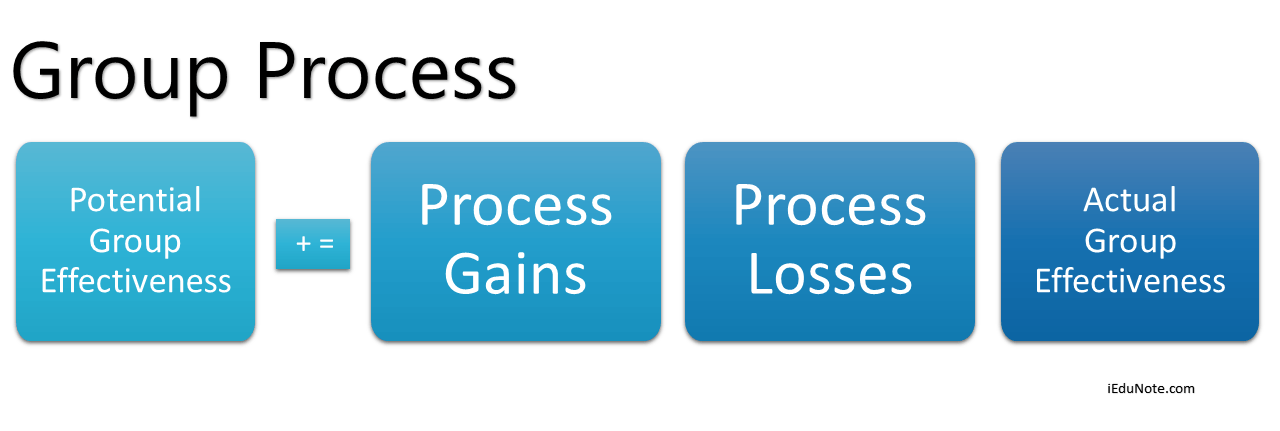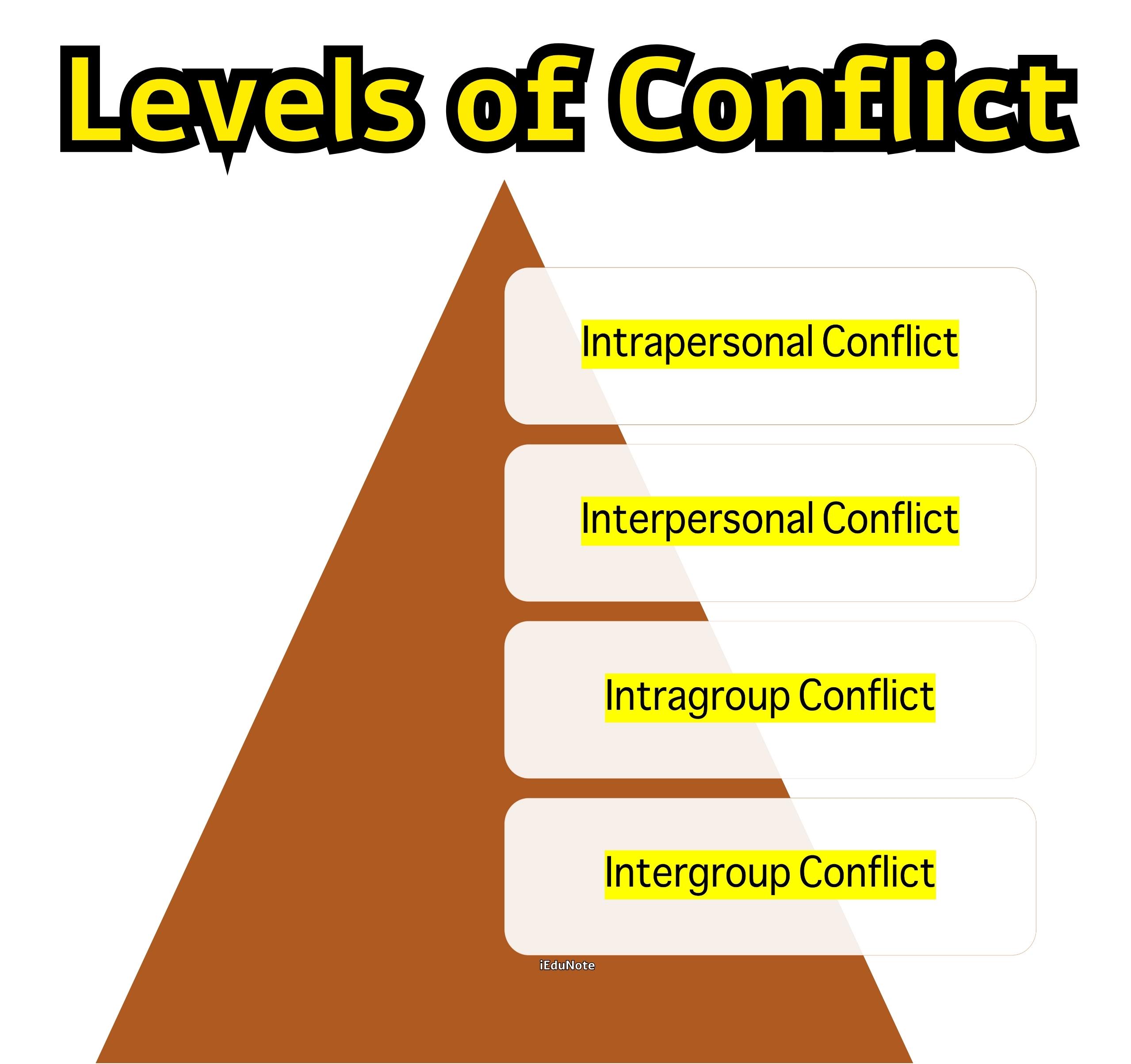Over the last several years, social issues have dramatically affected the study and application of management and organizational behavior. In the past, diversity was treated primarily as a legal issue; for over 40 years, it has been directed against the law to discriminate against anyone.
Now organizations are beginning to realize that diversity is not just something to deal with but a reality to build on to make a stronger, more competitive enterprise.
In other words, the contemporary environmental context of diversity is no longer simply a “tack on” or afterthought in studying organizational behavior; it plays a central role in today’s environment.
Diversity is defined as the variety of experiences and perspectives arising from differences in race, culture, religion, mental or physical abilities, heritage, age, gender, sexual orientation, gender identity, and other characteristics.
Some people’s diversity first thought about ethnicity, race, and gender. But diversity is much broader.
Diversity is otherness or those human qualities that are different from our own and outside the groups to which we belong yet present in other individuals and groups. Understanding how these dimensions affect performance, motivation, success, and interactions with others is important.
Institutional structures and practices that have presented barriers to some aspects of diversity should be examined, challenged, and removed.
Diversity also encompasses various work experiences, parental statuses, educational backgrounds, geographic locations, and much more. And managing diversity means more than just observing legal and policy requirements. It also means actively promoting community and comfort with the difference.
Workplace diversity can greatly improve morale, outside-the-box thinking, greater teamwork, and mutual understanding and respect.
7 Effective Strategies to Manage Workplace Diversity
Managing Diversity in the Workplace
Managing diversity in planning and implementing organizational systems and practices to manage people so that the potential advantages of diversity are maximized while its potential disadvantages are minimized.
Managing diversity well provides a distinct advantage in an era when flexibility and creativity are keys to competitiveness. An organization needs to be flexible and adaptable to meet new customer needs.
More Diverse Workplace
Workplaces today are more diverse than they were in the past.
In general, an organizational approach to managing diversity includes accepting differences among employees and blending them into the organizational culture.
Effective managers know that managing employees with diverse backgrounds calls for a different approach than managing a group of employees with similar backgrounds.
Performance-based HR Policies
Organizations should ensure that all HR policies (hiring, promotion, salary hikes, and so on) are based on performance and do not discriminate against employees of any background.
Managers monitoring the employees should know the ‘discrimination laws’ and the consequences of breaking them.
Providing Diversity Training
Organizations should provide diversity training. This will help employees to understand how to deal with the challenges of dealing with diversity in the workplace.
Welcoming Environment
Managers should create an environment that makes employees feel like a part of the bigger team. To build trust among employees, managers should implement team-building exercises.
Appreciating the contributions of various employees increases their confidence and morale and helps them to respect each other, thus helping in diversity management.
Freedom of Communication
One more important thumb rule for managing diversity in the workplace is to create an atmosphere where employees can practice open communication. In business meetings, employees should be allowed to speak and listen to others.
They should also be given a suitable platform to express their concerns. The organization needs to treat the concerns of all employees equally.
Establish a Diversity Council
The diversity council deals with developing, implementing, and reviewing the action plan for cultivating diversity. It is an opportunity to build accountability into the organization’s effort to manage diversity. The diversity council should also monitor complaints and investigate diversity-related issues.

